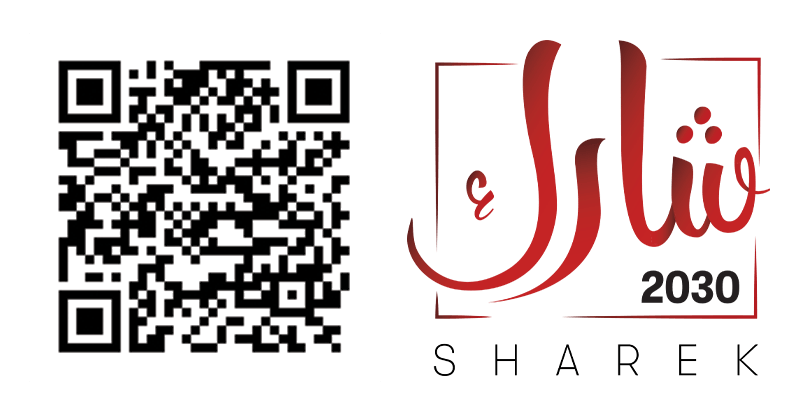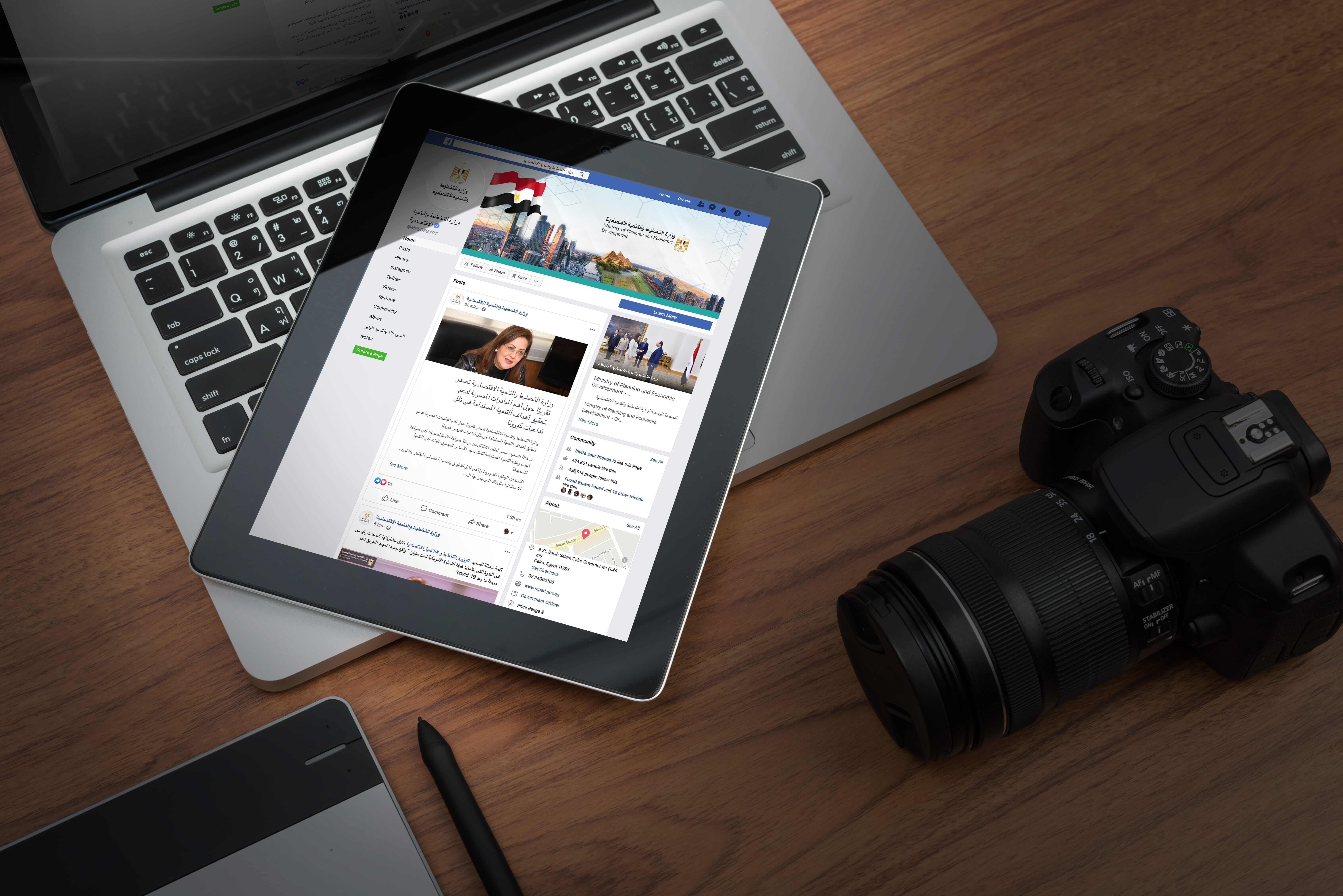Introduction
The definition used for the concept of gender-responsive planning in this manual is planning that works to understand and meet the needs of different social groups, including women, children, and people with disabilities, in order to ensure equality and empowerment of these groups. This definition represents the most comprehensive concept of the needs and roles of different social groups, as it is not restricted to a particular group.
This manual aims to integrate the concept of gender-responsive planning into the preparation and implementation of the country’s annual sustainable development plan, as it represents a reference document that aims to enable and empower ministries and budget agencies to understand and implement gender-responsive planning1. All through accurately identifying the needs of different social groups, monitoring development gaps between these groups, and thus directing public spending to close these gaps. This will contribute to achieving the sustainable development strategy: Egypt’ s Vision 2030, and the United Nations Sustainable Development Goals (SDGs); especially Goal 5: Gender Equality”, and Goal 10: “Reduced inequalities”.
This in addition to building a set of indicators to assess the efficiency of these programs/projects to achieve the desired goals and fill the gaps, in a that the needs of each social group are taken into account when development plans. Accordingly, it aims to gender into the planning processes, and to set development plans that to the needs of social groups, and not just channeling separate financial allocations to the target groups.
Women
The main objective of the manual is to improve the economic and social status of women, children and people with disabilities. With regards to women, the 2021 Gender Gap Index issued by the World Economic Forum, showed that Egypt ranked 129 out of 156 countries.
A significant improvement, compared to 2020. Egypt’s statistics show that Egypt’s rank is still low, especially when it comes to women’s participation in the labor market, with the persistence of obstacles that prevent or hinder opportunities for employment or for access to finance. Hence, the manual aims, through the proposed activities in the various sectors, to increase women’s participation in the labor market from 14.3 in 2019/2020, to 35% by 2030.
Children
With regards to children, a large percentage still suffers from lack of access to education, proper nutrition, whether due to the increased size of family members, or due to early marriages, which leads to the inability of families to meet the basic needs of their child. Accordingly, the manual aims to enhance children’s conditions in nutrition and health care, in addition to increasing the rate of children’s enrollment in pre-school education (kindergarten) from 28.8% in 2019/2020, to 80% in 2030.
Persons with Disabilities
As for people with disabilities, the manual aims to overcome the challenges facing them, and to include them into society by increasing their enrollment in education, reducing their unemployment among providing appropriate job opportunities that are suitable for the different types of their disabilities, and preparing facilities, and means of transportation that would suit their needs.



